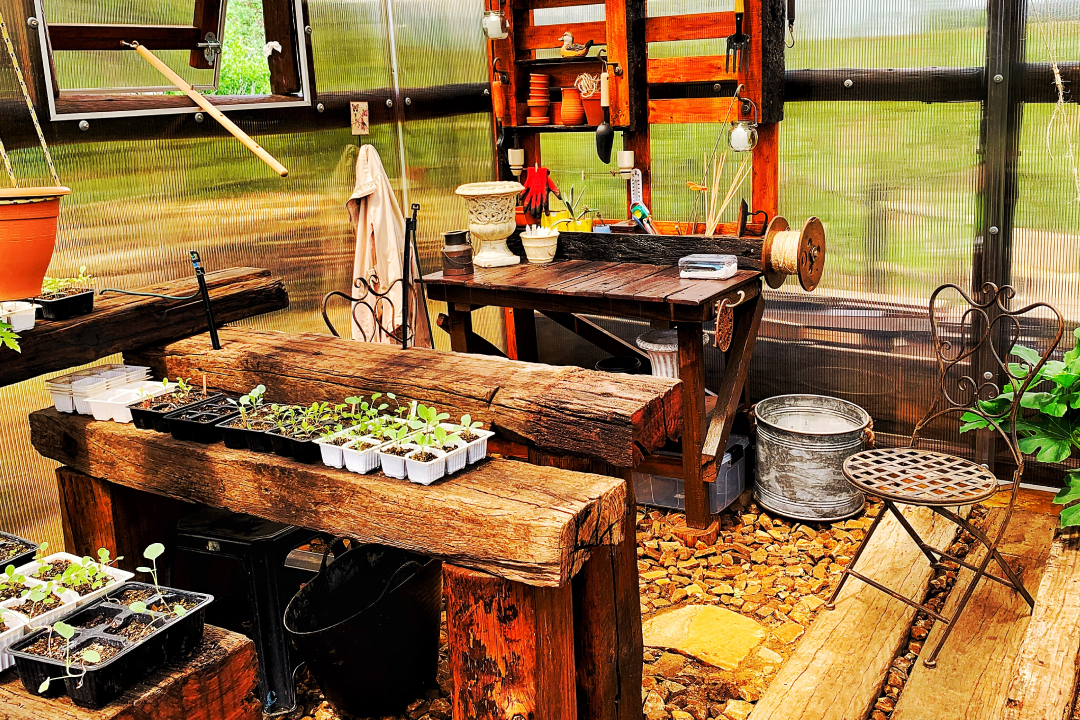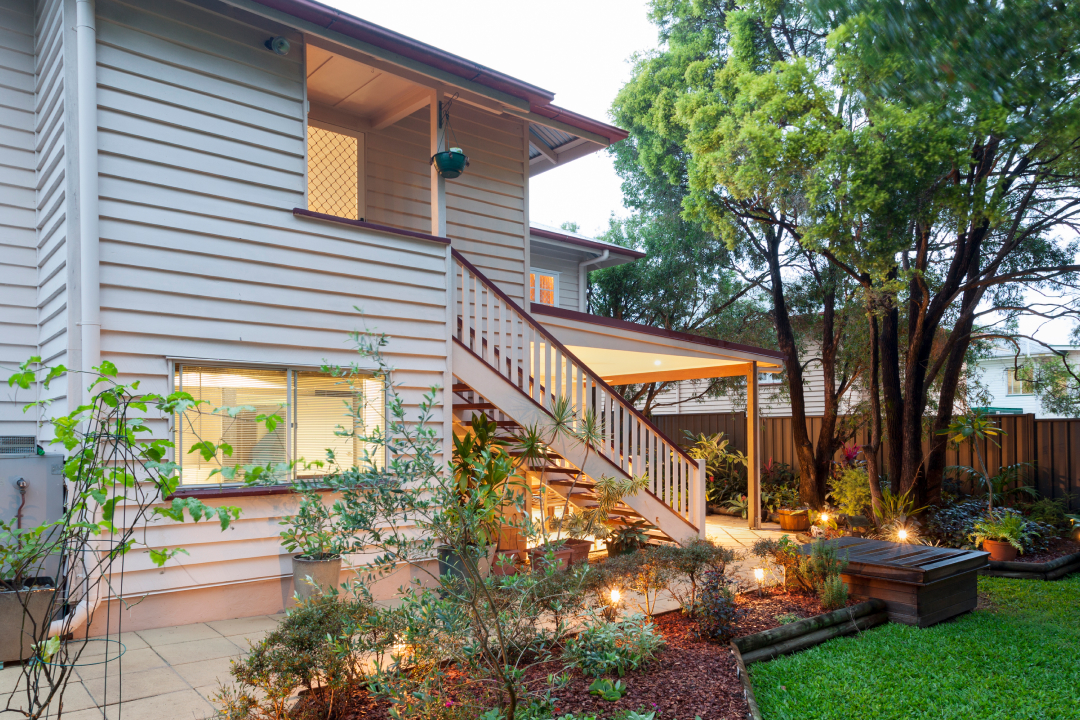In the hustle and bustle of modern Australian society, where the traditional workday often feels like an endless race, a growing movement is challenging the status quo: slow living. This philosophy encourages us to resist the pull of hyper-productivity and embrace a life of mindfulness, intention, and connection.
I began to embrace slow living 10 years ago. Some days when I’m in the garden and I pause to watch one of my chickens taking a dust bath I think I’ve got it all worked out. Other days when I can’t get my carefully curated content to load on Instagram or I have three clients who all want the same meeting time it feels like I have a long way to go. But then I run my own business so there are going to be times when I feel stressed and I remind myself to breathe.
What is Slow Living?
At its core, slow living is about stepping back from the relentless pace of modern life. It’s not about doing less for the sake of it but doing what truly matters—deeply and with purpose. Originating as a response to the fast-food culture in Italy during the 1980s, the slow living movement now extends to all facets of life, including work, family, food, and leisure.
Here in Australia, where urban centres like Sydney and Melbourne epitomise a fast-paced lifestyle, the slow living philosophy provides a much-needed counterbalance. It encourages us to savour our morning coffee, spend more time in nature, and build meaningful connections with our communities.
Why is Slow Living Gaining Popularity in Australia?
- Burnout Epidemic: A 2023 survey revealed that nearly half of Australian workers reported feeling burnt out, citing long hours and demanding schedules. Slow living offers a way to reclaim control, prioritise mental health, and combat stress.
- Environmental Awareness: As a country acutely aware of the effects of climate change, many of us are adopting sustainable practices that align with slow living. From supporting local farmers to reducing waste, the movement dovetails with our nation’s growing environmental consciousness.
- Post-Pandemic Reflection: The COVID-19 pandemic forced us to slow down. Lockdowns highlighted the value of simpler pleasures, such as cooking at home, walking in local parks, or spending time with family. This period of reflection has led many to question the value of returning to the pre-pandemic pace.
Practical Ways to Embrace Slow Living in Australia
- Reconnect with Nature: Our country boasts some of the world’s most breathtaking landscapes, from serene beaches to the vast Outback. Take time to explore local trails, watch the sunrise, or enjoy an unhurried picnic with loved ones.
- Support Local and Seasonal Eating: Visit farmer’s markets, cook meals from scratch, and savour the rich flavours of Australia’s diverse produce. Not only does this nourish your body it also supports your local community and reduces your environmental footprint.
- Simplify Your Schedule: Say no to commitments that don’t align with your values. Instead of overloading your calendar, create space for activities that genuinely bring joy, whether it’s reading, gardening, or spending quality time with friends.
- Mindful Technology Use: In a world of constant notifications, embrace digital detoxes. Turn off unnecessary alerts, designate tech-free zones, and resist the urge to compare your life to others on social media.
- Cultivate Community: Slow living thrives on connection. Strengthen bonds with your neighbours, join a local group, or volunteer for causes you care about. Building a supportive community can deepen your sense of belonging and fulfilment.
Challenges of Adopting Slow Living
While the benefits are clear, embracing slow living isn’t always easy. Australia’s cost of living can make it difficult for many if us to work less or reduce our commitments. Additionally, societal expectations often equate busyness with success, creating pressure to keep up.
However, slow living doesn’t require a complete lifestyle overhaul. It’s about small, intentional changes—taking a few moments to breathe, rethinking priorities, and making space for what truly matters
Conclusion
I enjoy the simple pleasure of picking herbs from my garden to add to my home cooked meal or walking my dogs around the local pond greeting my neighbours as we pass. I try to silence my phone before meals and listen to the stories my partner tells as we eat together but sometimes the hectic pace of the outside world creeps in and I find myself distracted and rushed. It’s at these times that I need the benefits of slow living most.
In a world that glorifies speed, slow living invites us all to pause and reflect. It’s a gentle reminder that life isn’t a race but a journey to be savoured. By choosing to live more intentionally, we can foster a deeper connection with ourselves, our communities, and the beautiful country we call home.
Slow living isn’t just a trend; it’s a shift toward a more mindful, sustainable, and fulfilling way of life—one step at a time.



